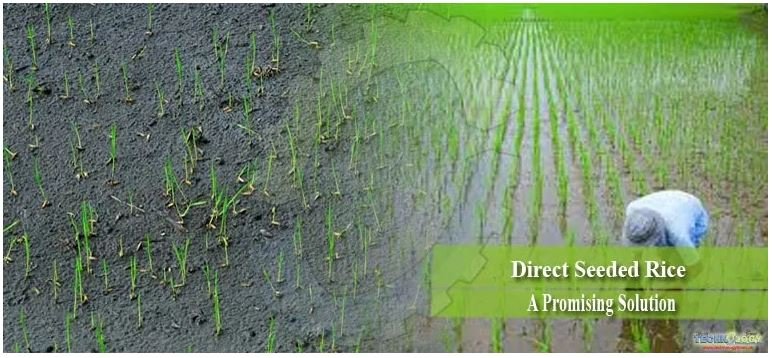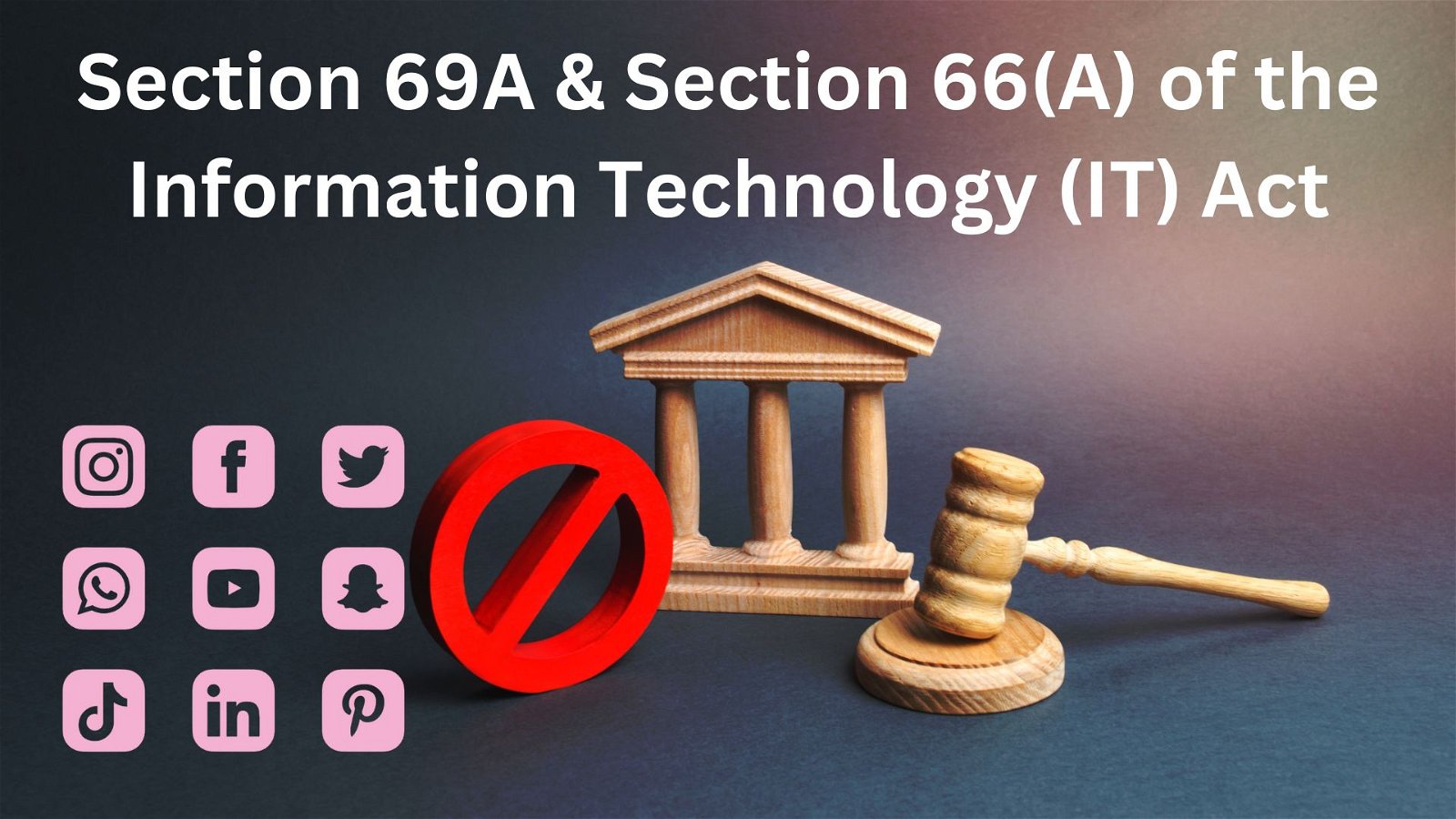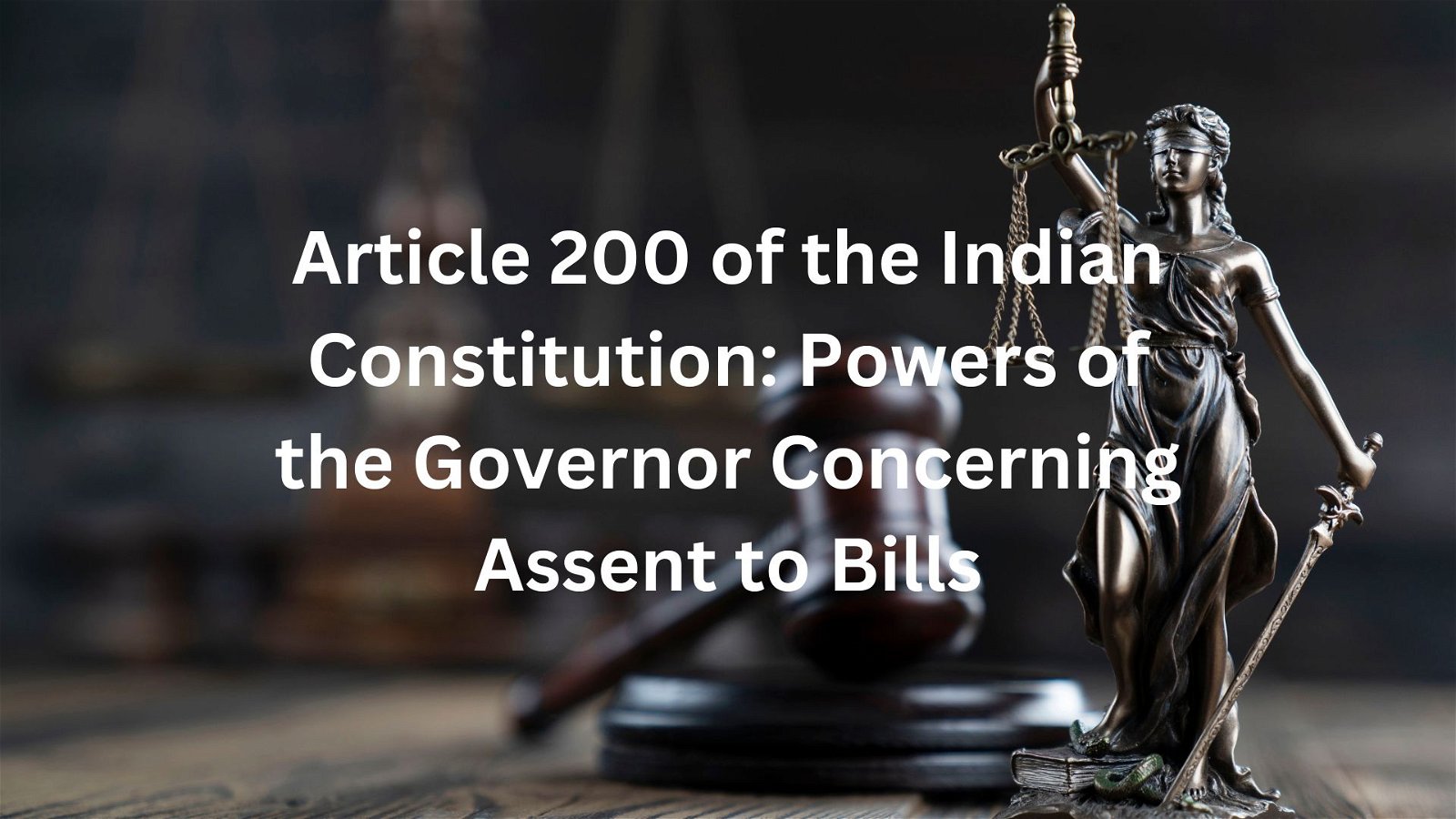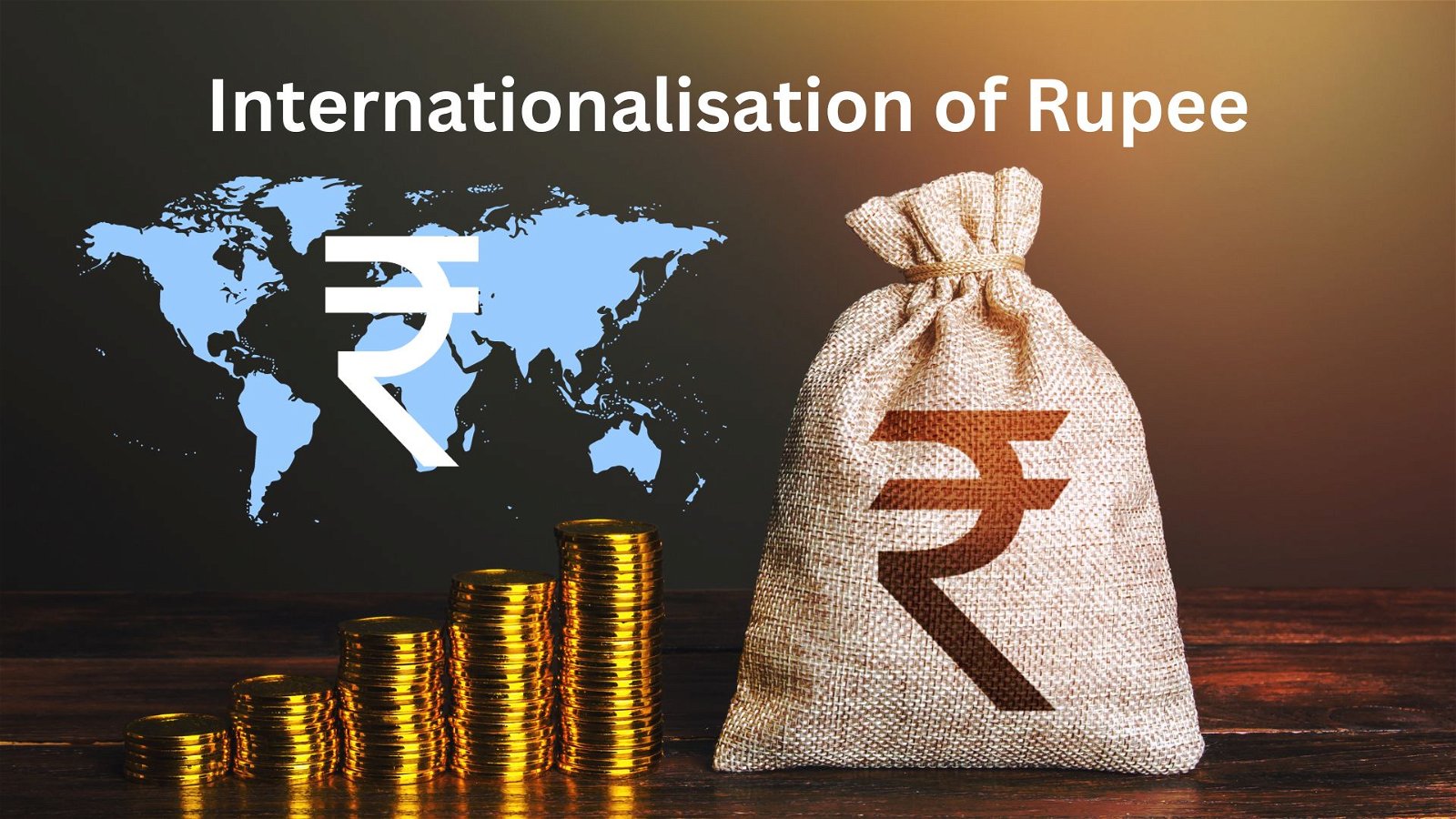
NDRF for Modernization of Fire Services in the States
Subscribe to Never Miss an Important Update! Assured Discounts on New Products!
Must Join PMF IAS Telegram Channel & PMF IAS History Telegram Channel
NDRF for Modernization of Fire Services in the States
- Context (PIB): Ministry of Home Affairs launched a “Scheme for Expansion and Modernization of Fire Services in the States” under the National Disaster Response Fund (NDRF) for strengthening fire services in the States with a total outlay of Rs. 5,000 crore.
- An amount of Rs. 500 crore, out of the total outlay, has been kept for incentivising the States based on their legal and infrastructure-based reforms.
- State Governments must contribute 25% (North-East Hilly States at 10%) of project/proposal costs from their budgets when seeking funds under the Scheme.
- The Scheme is based on the 15th Finance Commission recommendation, which allocates 12.5% each from NDRF and SDRF for the Funding Window of Preparedness and Capacity Building.
National Disaster Response Fund (NDRF)
- The enactment of the Disaster Management Act in 2005 led to the renaming of the National Calamity Contingency Fund (NCCF) as the National Disaster Response Fund (NDRF).
- The NDRF is held in the Public Account under the “reserve funds not bearing interest.“
|
Role and Function of NDRF
- The NDRF acts as a supplementary fund to the State Disaster Response Fund (SDRF) in case of severe disasters when sufficient funds are not available in the SDRF, which is the primary fund available to State governments for responding to notified disasters and providing immediate relief.
- The Central Government contributes 75% of the SDRF for general category States/UTs and 90% for special category States/UTs, including northeast States, Sikkim, Uttarakhand, HP, and J&K.
- The NDRF is financed through the levy of a cess on specific items, chargeable to excise and customs duty. The financing is approved annually through the Finance Bill.
- NDRF is also financed through a levy known as the National Calamity Contingent Duty (NCCD).
Definition of Disaster as per Disaster Management Act,2005“A catastrophe, mishap, calamity or grave occurrence in any area, arising from natural or man-made causes, or by accident or negligence which results in substantial loss of life or human suffering or damage to, and destruction of property, or damage to, or degradation of the environment and is of such a nature or magnitude as to be beyond the coping capacity of the community of the affected area.” |
|
- The Department of Agriculture, under the Ministry of Agriculture and Farmer Welfare, monitors relief activities related to calamities such as drought, hailstorms, pest attacks, and cold wave/frost
- Ministry of Home Affairs (MoHA) monitors the rest of the natural calamities.
- The accounts of the NDRF are audited by the Comptroller and Auditor General (CAG).






![PMF IAS Environment for UPSC 2022-23 [paperback] PMF IAS [Nov 30, 2021]…](https://pmfias.b-cdn.net/wp-content/uploads/2024/04/pmfiasenvironmentforupsc2022-23paperbackpmfiasnov302021.jpg)











